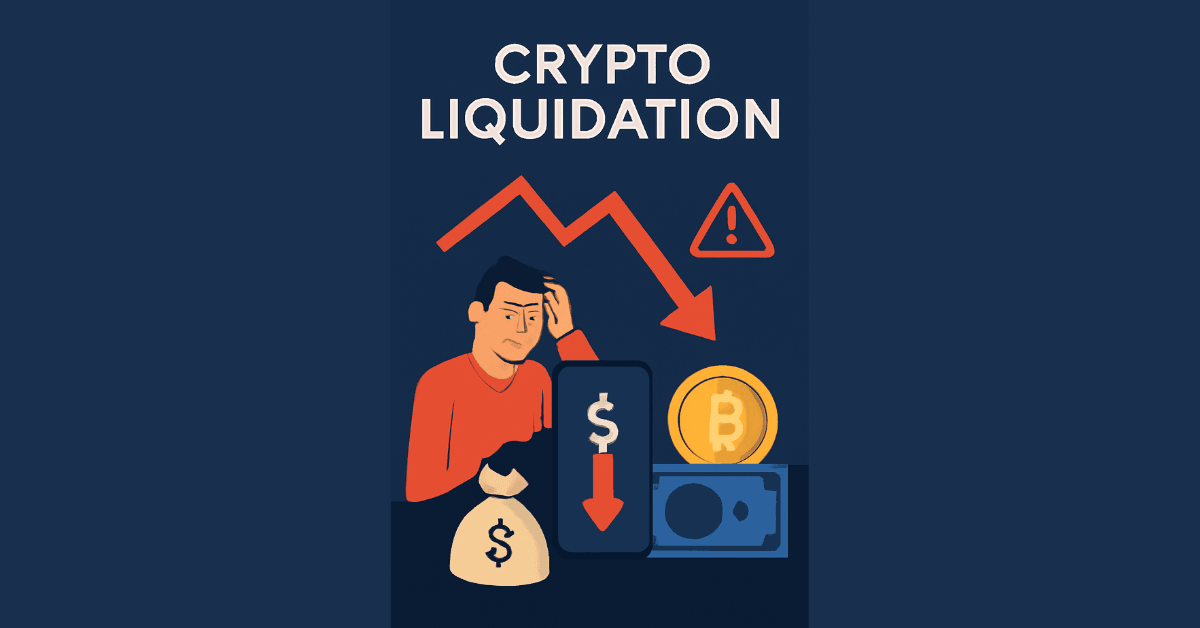
Crypto Liquidation and How to Manage Risks
Liquidation is an important concept in the crypto market that participants need to understand, especially when trading on platforms that offer lending or margin trading services. Understanding liquidation can help investors manage risks and protect their assets. Below are the basic concepts of liquidation and how to prevent it.
1. What is Liquidation?
Liquidation is the process of selling or converting collateral assets into cash to repay a loan or reduce the risk of a trading position. When the value of the collateral falls to a level that is no longer sufficient to secure the loan, the platform will initiate liquidation to protect the system and avoid liquidity loss.
2. Cases of Liquidation in Crypto
2.1. Liquidation in Lending Platforms
Platforms like Aave, Compound, and MakerDAO use a collateral-based system to allow users to borrow crypto. Liquidation occurs when the Loan-to-Value (LTV) ratio exceeds the platform’s threshold due to a decrease in the collateral value.
2.2. Liquidation in Margin Trading
In margin trading, investors borrow funds from the exchange to increase the scale of their trades. If the market moves against their position, the platform will liquidate their position to prevent the loss from exceeding the borrowed amount.
2.3. Liquidation due to Market Crises and Low Liquidity
In market downturns or during low liquidity events, asset values can fall rapidly, leading to mass liquidations to maintain system stability.
2.4. Liquidation in Derivatives Contracts
Derivatives contracts such as futures and options use leverage and collateral to secure positions. Liquidation occurs when the market moves against the trader’s position.
3. How to Avoid Being Liquidated in the Crypto Market
3.1. Monitor Collateral Asset Prices Closely
Monitoring LTV ratios and collateral asset values regularly helps users maintain an LTV ratio well below the liquidation threshold, creating a safe buffer.
3.2. Add Collateral When Necessary
When the value of the collateral decreases, adding more collateral promptly can help reduce the LTV ratio and keep the position safe from automatic liquidation.
3.3. Use Leverage Wisely
To minimize liquidation risk, users should choose reasonable levels of leverage. High leverage increases potential profits but also increases the risk of liquidation in volatile market conditions.